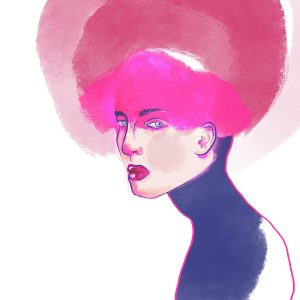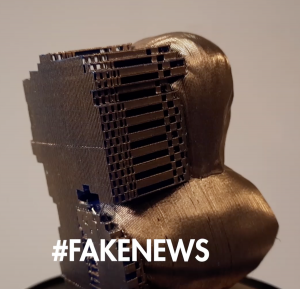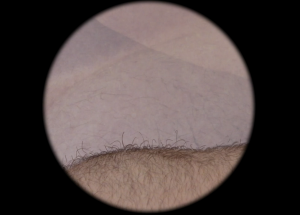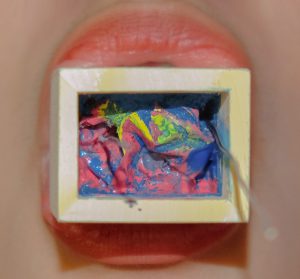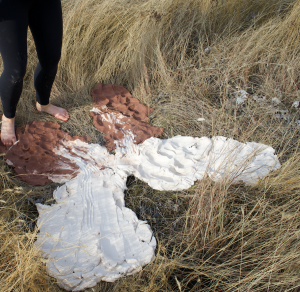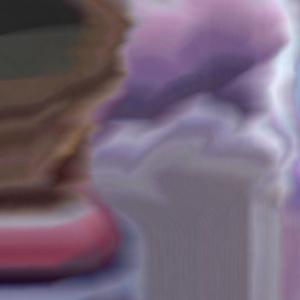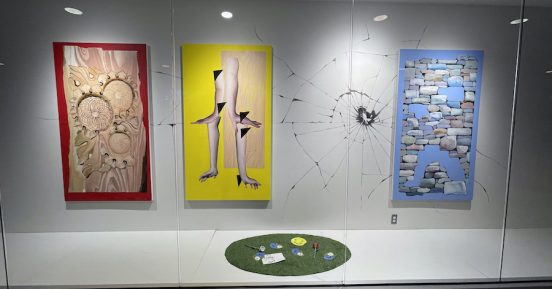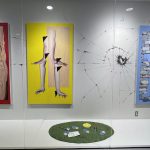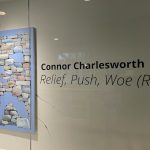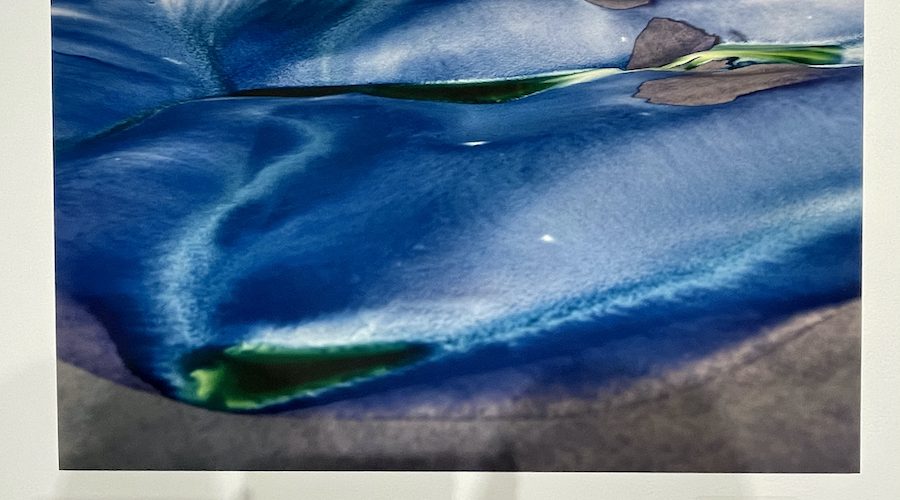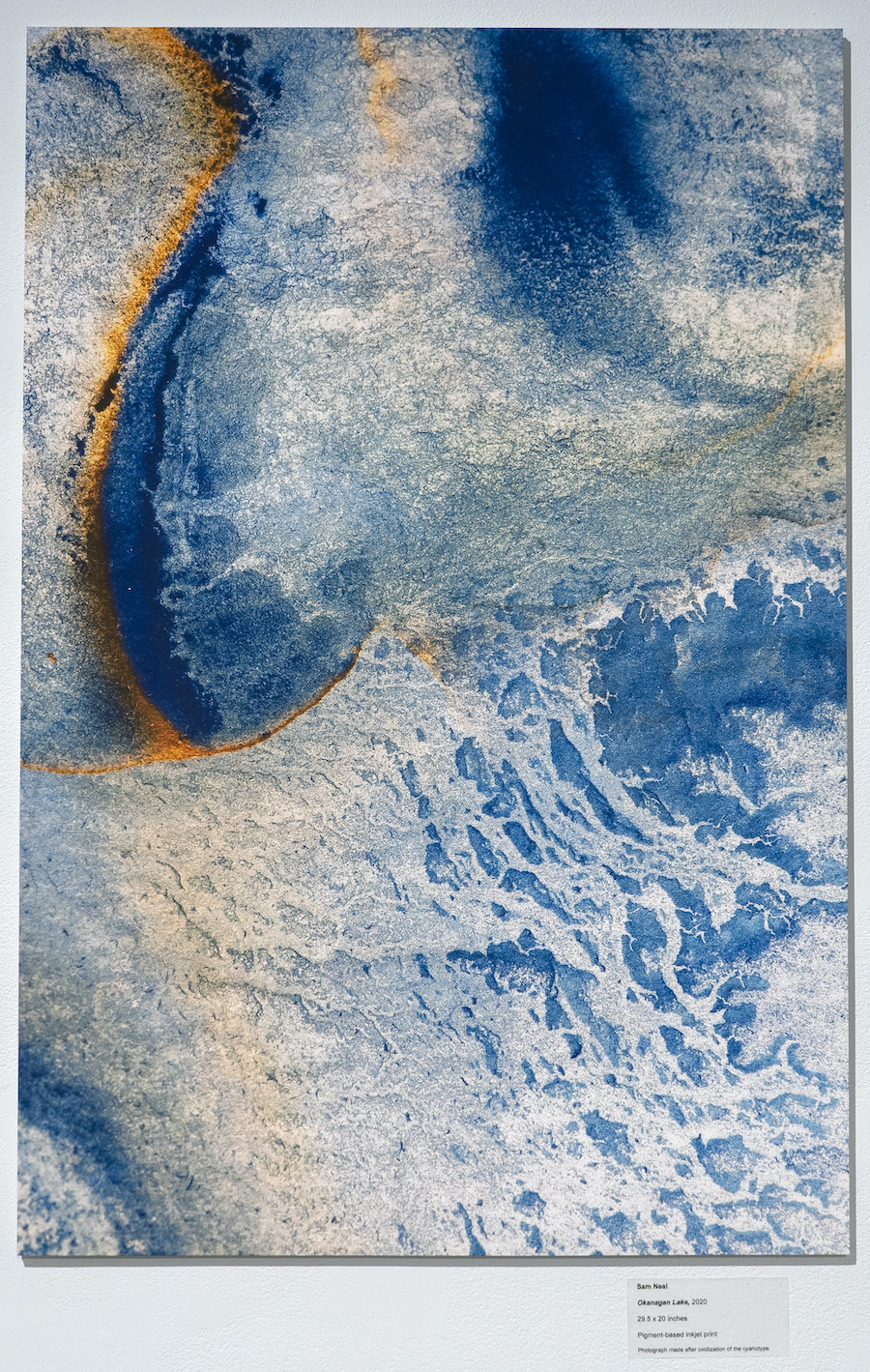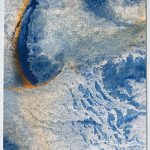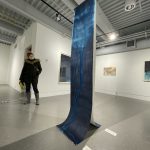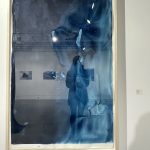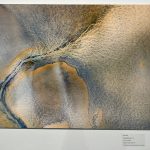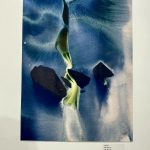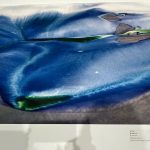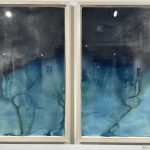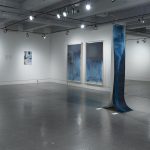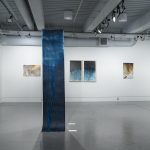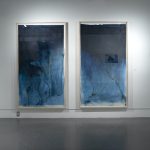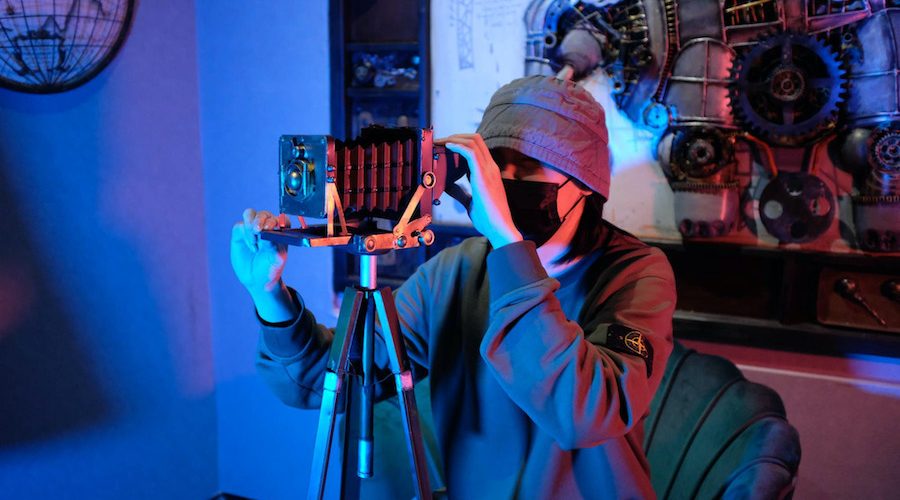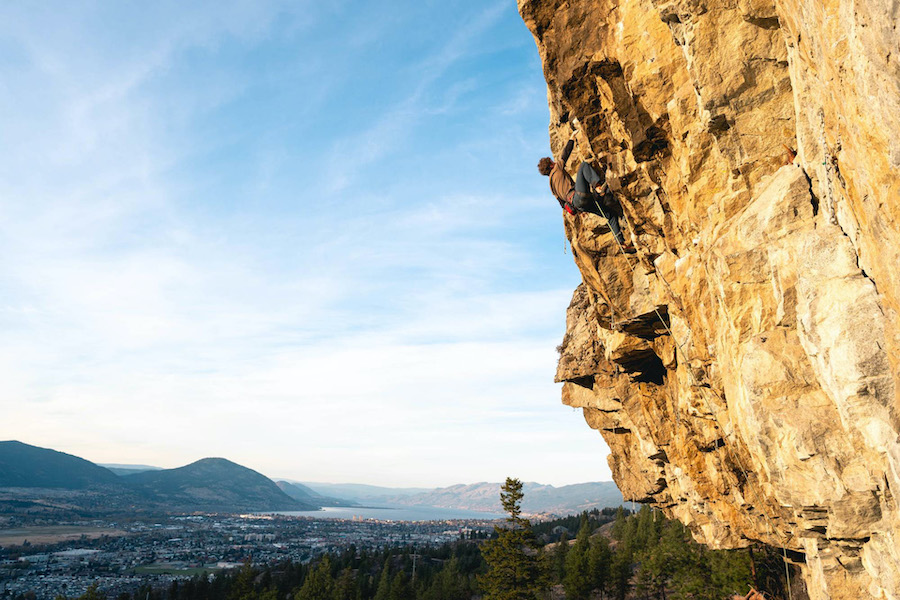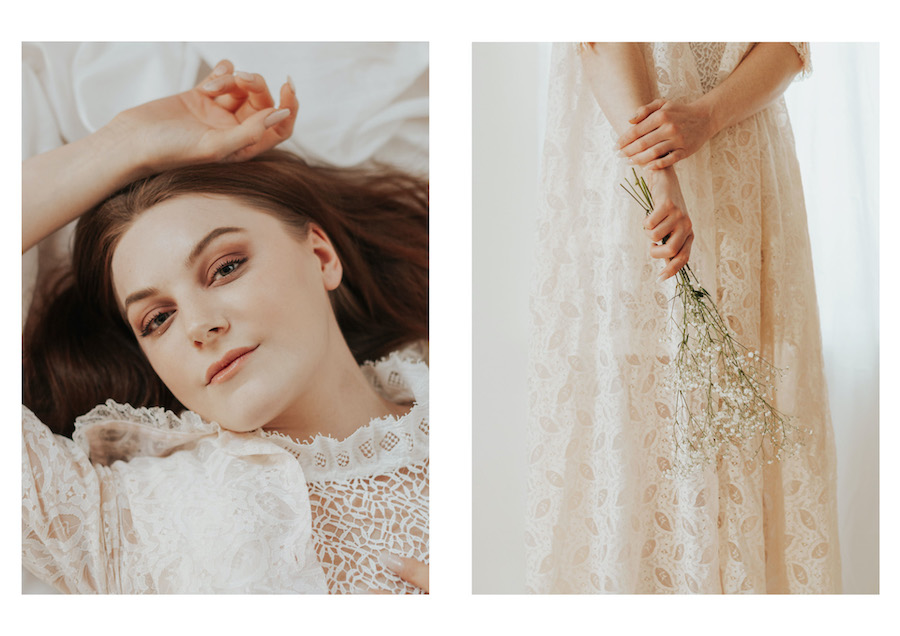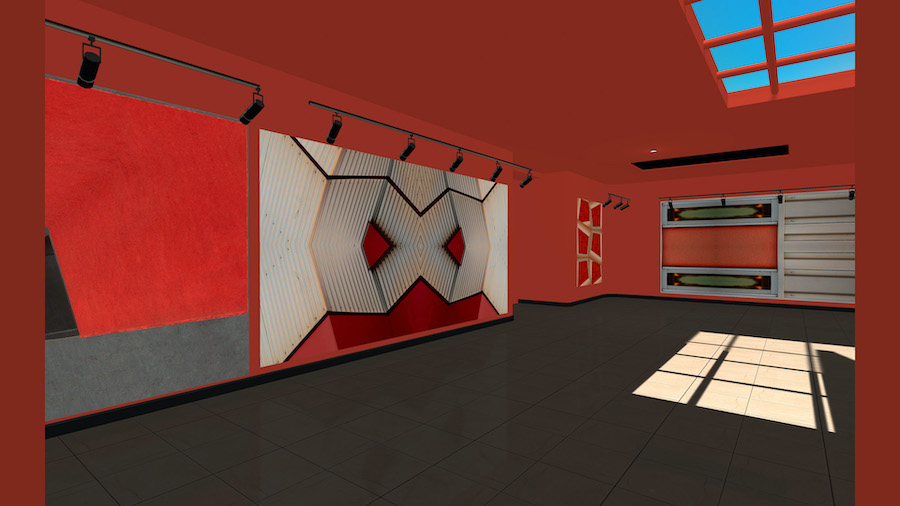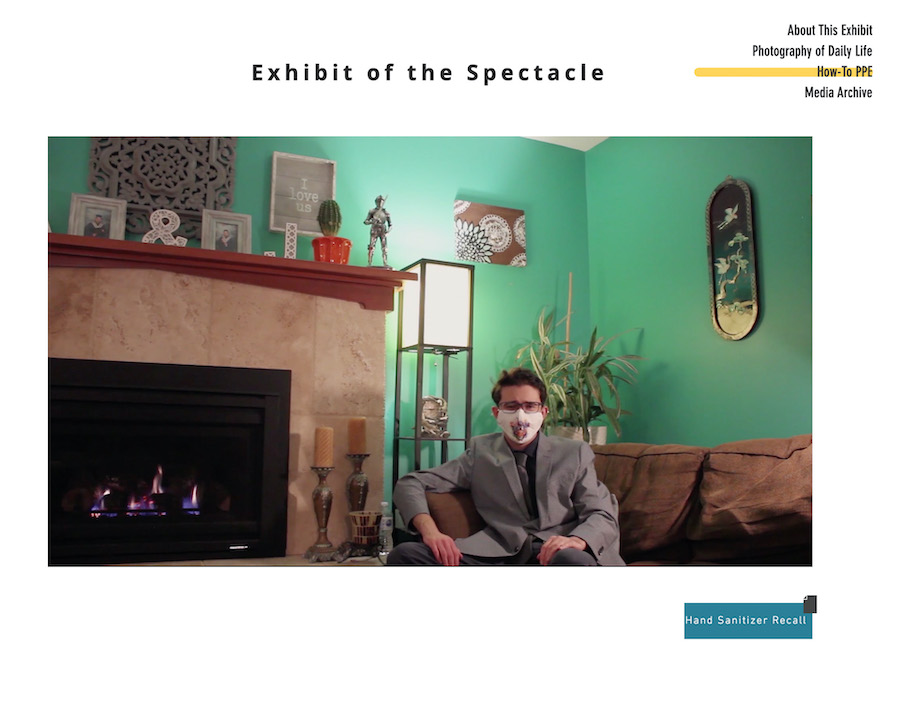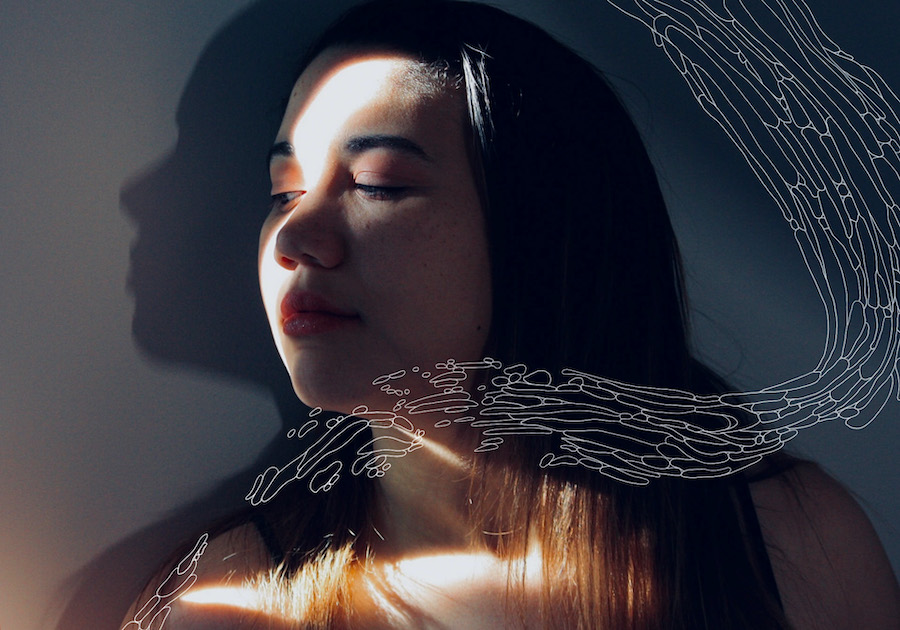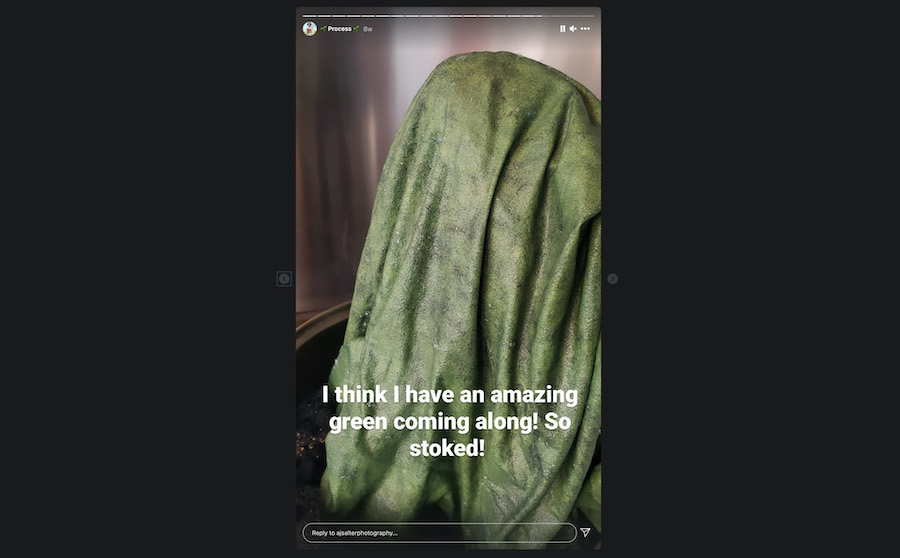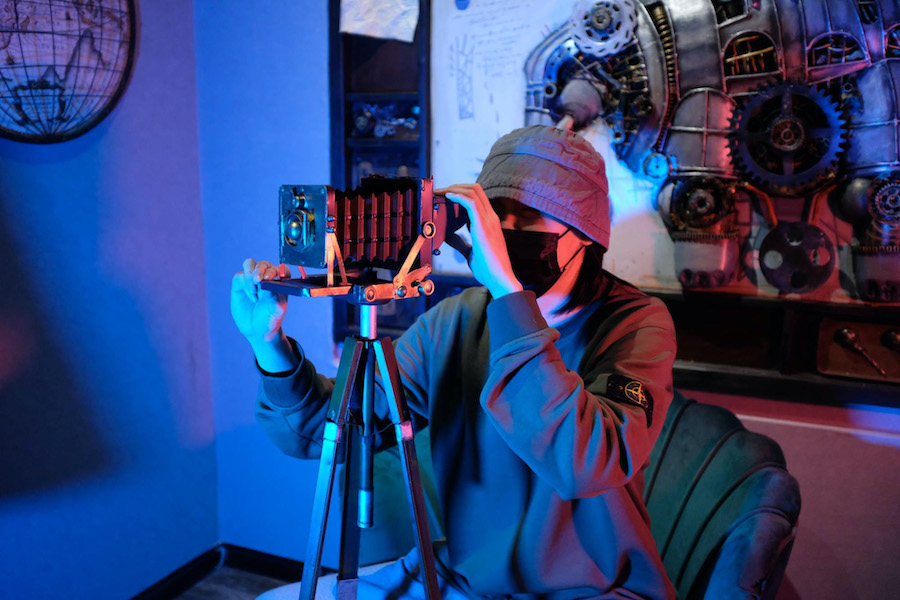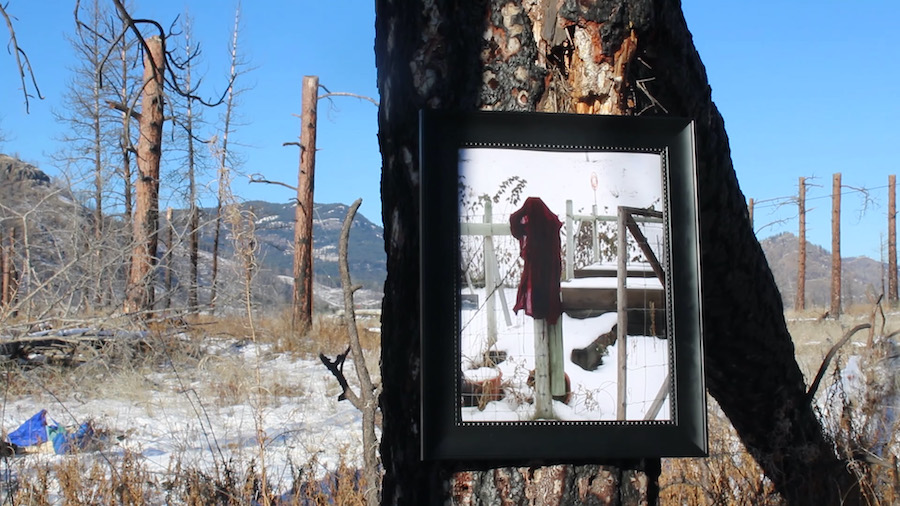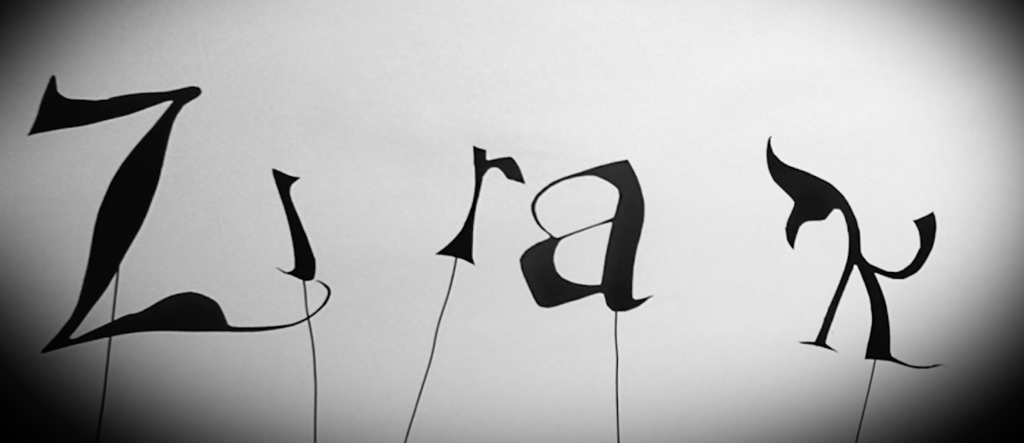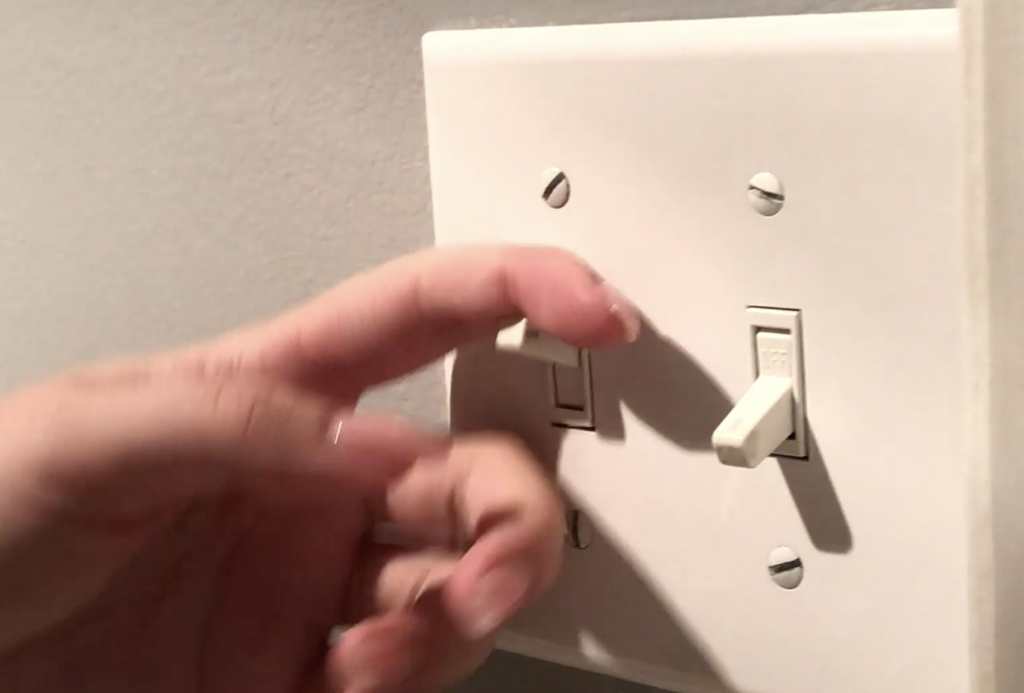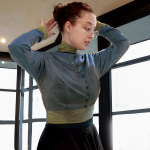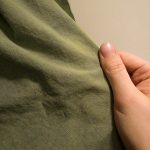Documentary films by students in FILM 371
This third year course in Digital Documentary Production introduces students to the theory and practice from the point of view of producer, writer, and director of documentary filmmaking. Students build a foundation of directing, shooting, and editing to create a short-form documentary as their final project for the course.
Normally, students in this course would work in small teams on the pre-production (pitching and proposal writing), production, and editing, however COVID-19 restrictions presented each student with the challenge of making a short documentary all on their own. Students were given the flexibility to work in any mode/model of non-fiction film and were encouraged to take creative risks, and were asked to adhere to the “commonsense assumptions” of documentary as laid out by scholar Bill Nichols; essentially, that the films depict real people (not actors), real events, and the real world. They were shown a wide array of example documentary work throughout the term, including traditional interview-based, observational, or expository films; experimental and hybrid documentaries; and personal, portrait, and essay films.
Sheri Ptolemy
“The First Time I Thought I Was Fat”
A 25-year-old college student reconciles with her disordered eating habits and seeks healing during a pandemic.
“Audience Choice” winner (in class)
Fiona Firby
“COVID-19 and the Music Industry in the Okanagan”
After a full year of adapting to COVID-19 restrictions, businesses and performers in the Okanagan Valley music industry grapple with how each might sink or swim.
Olivia Fang
“Spring Festival”
A year after the outbreak of the COVID 19, how did a Southern Chinese family (in Fujian) celebrate the Chinese New Year in 2021?
Jordan Pike
“Living Spaces”
A gritty and striking visual exploration of abandoned spaces reflects on ideas of home, memory, and ephemerality.
Ayush Pratap
“Blue Hills”
A regular phone call between a mother and son reveals how social connections and interactions have transformed since the pandemic.
Isabel Su
“Arriving with Faith”
A Taiwanese ex-pat’s account of her new frontier as she searches to belong, while having faith her destination will be revealed.
Maura Tamez
“Our Memory”
A navigation of Maura Tamez’s family cultural heritage and matrilineal ways that have traveled across borders from Nde ancestral territory (U.S. Southwest) to Sqilxw lands.
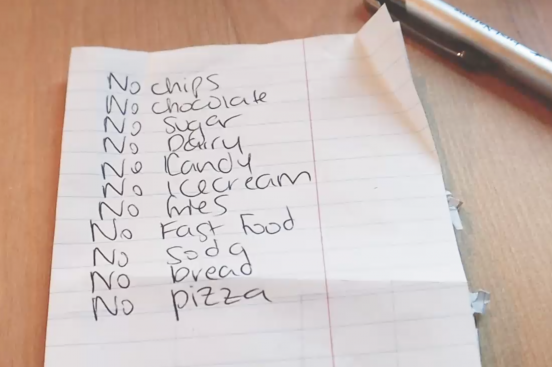
 Follow
Follow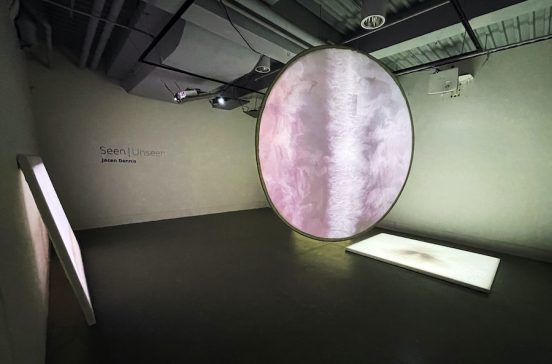



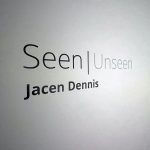
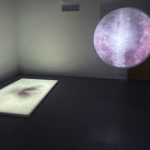

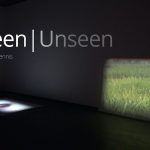

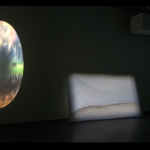
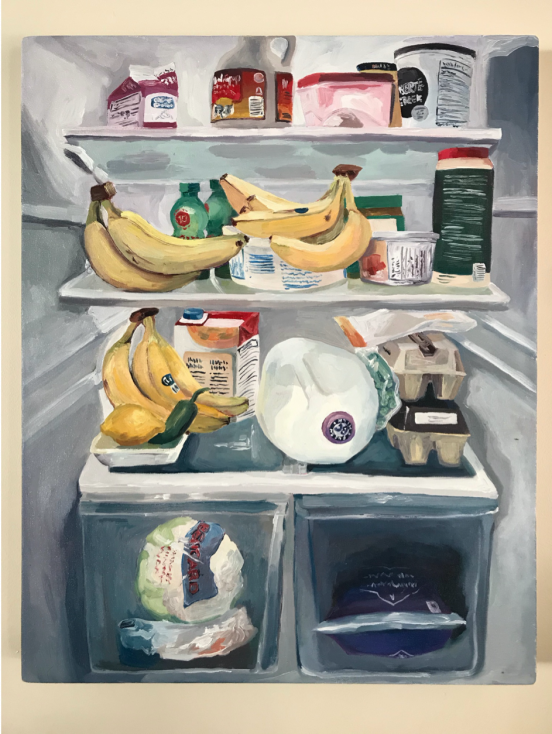



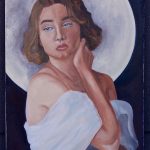
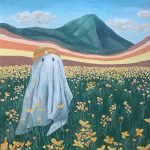
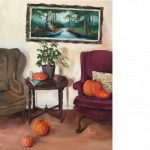
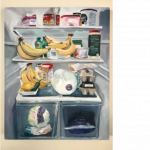
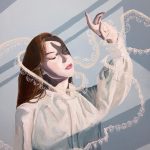
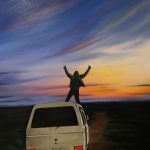
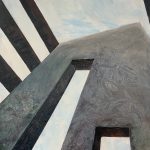
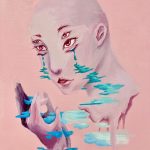
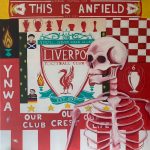
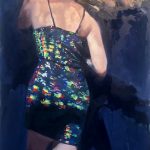

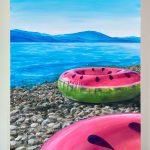
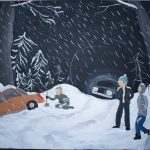
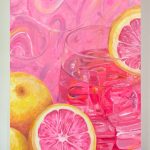
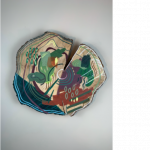

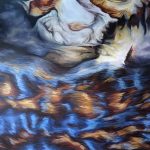
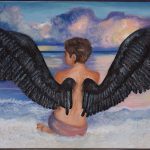

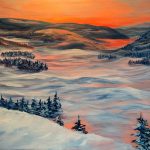

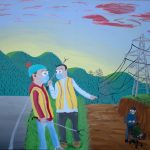
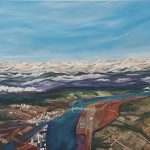
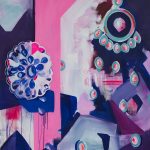
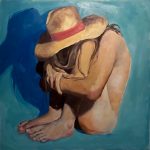


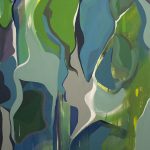

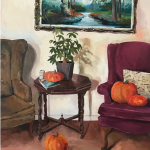

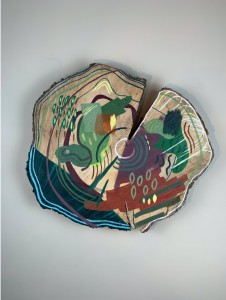

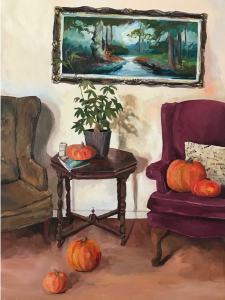
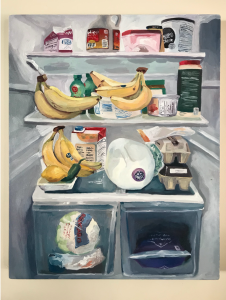
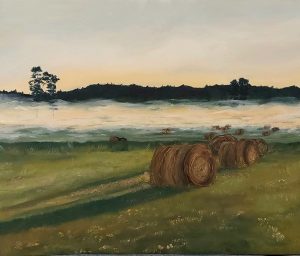
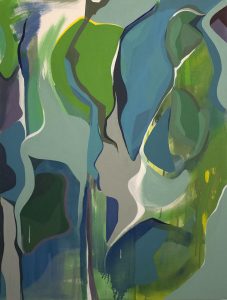

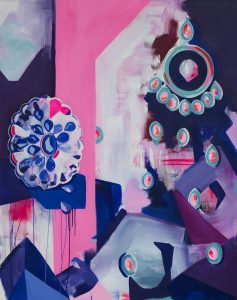

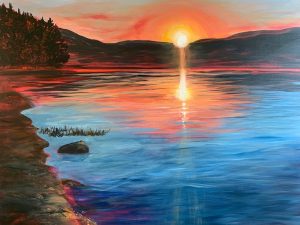
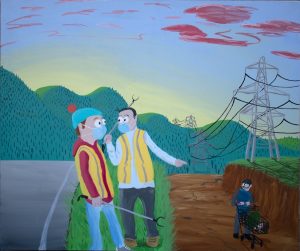
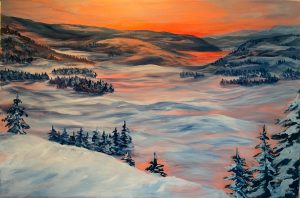
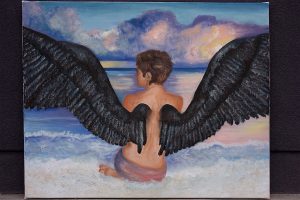

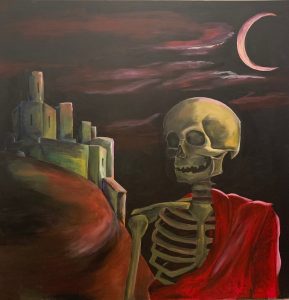
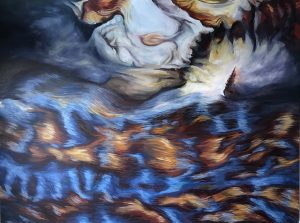
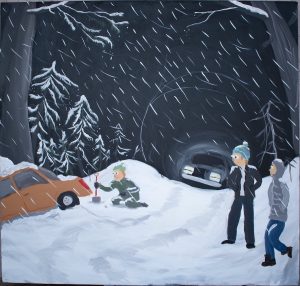
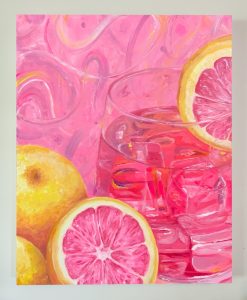
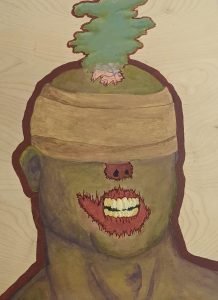

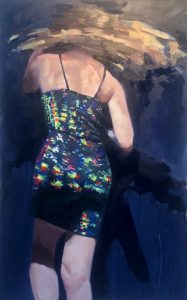
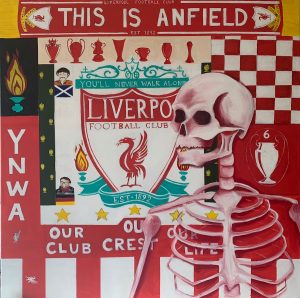
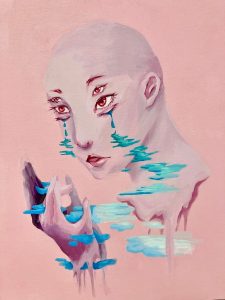

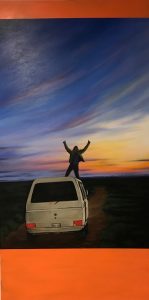
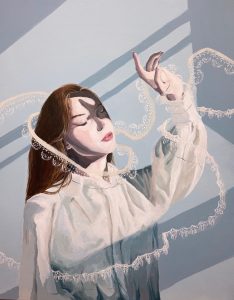

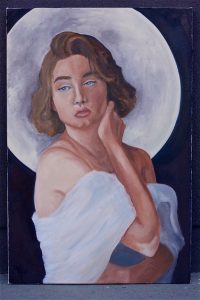
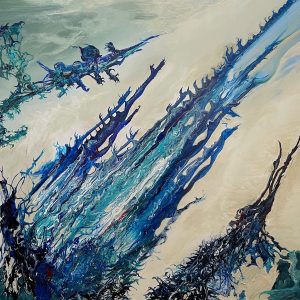



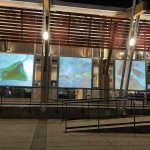
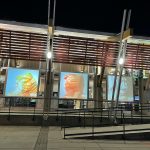
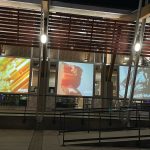



 Scott Lebaron Moore’s sisymbrium altissimum, 2021, is a three channel video created on the unceded territories of the Syilx/Secwépemc nations in the North Okanagan. It is a pairing of re-discovered home video with found historical text to contextualize the complexity of being in space and place. Scott is an interdisciplinary artist and Master of Fine Arts candidate at UBCO.
Scott Lebaron Moore’s sisymbrium altissimum, 2021, is a three channel video created on the unceded territories of the Syilx/Secwépemc nations in the North Okanagan. It is a pairing of re-discovered home video with found historical text to contextualize the complexity of being in space and place. Scott is an interdisciplinary artist and Master of Fine Arts candidate at UBCO.